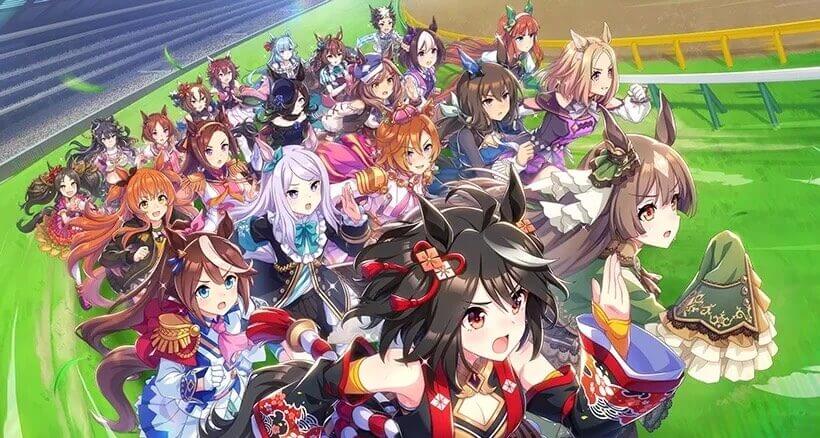Uma Musume: the billion dollar Derby that’s more than a game
What is Uma Musume Pretty Derby? Michael Cox takes a look at the compelling, hugely-profitable cultural phenomenon that's creating a new generation of Japanese horse racing fans.

“Do you like anime?” asked the barista in the Tokyo cafe.
“Does Uma Musume count?”
“Yes! I love Gold Ship.”
First, before we get back to this cafe story and why it is important, what is Uma Musume Pretty Derby? Well, it’s a wildly popular and highly profitable game, comic and animation series featuring ‘horse girls’ that carry the names and characteristics of former champion racehorses. Simple enough.
But it is also a cultural phenomenon that is driving a new wave of interest in Japanese horse racing, and having real world effects through the founder of Uma Musume’s parent company Cygames, Susumu Fujita, who was the leading buyer at the most recent JRHA Select Sale in Hokkaido.
But still the question remains, what is it? To say that Uma Musume is simply a series about pretty horse girls that are actually champion racehorses reborn into a parallel universe would be like saying Star Wars is a story about a kid from a farm.
Sure, Uma Musume is about horse girls, but that description also makes it sound like something for the ‘only in Japan’ files. Reducing Uma Musume to another example of Japanese quirkiness or kawaii (cuteness) culture, would also be unfair, and it would be underselling the depth and complexity of the Uma Musume universe, not to mention its extraordinary mainstream reach and real world impacts.
The most surprising aspect of the Tokyo barista’s enthusiasm for Uma Musume was that she had never been interested in horse racing before. An appreciation for Gold Ship – the anime character with a personality reflective of its equine namesake and thus, well, quirky – encouraged the barista, with no previous interest in ‘keiba’, to search for the real Gold Ship online. At that moment, a new horse racing fan was born.
It’s not just the certifiably mad Gold Ship, but all of the characters in Ume Musume that carry defining characteristics of their real life version. Within the show there are nods to the racetrack achievements and backgrounds of each horse, and events peppered with real lines of race commentary.








